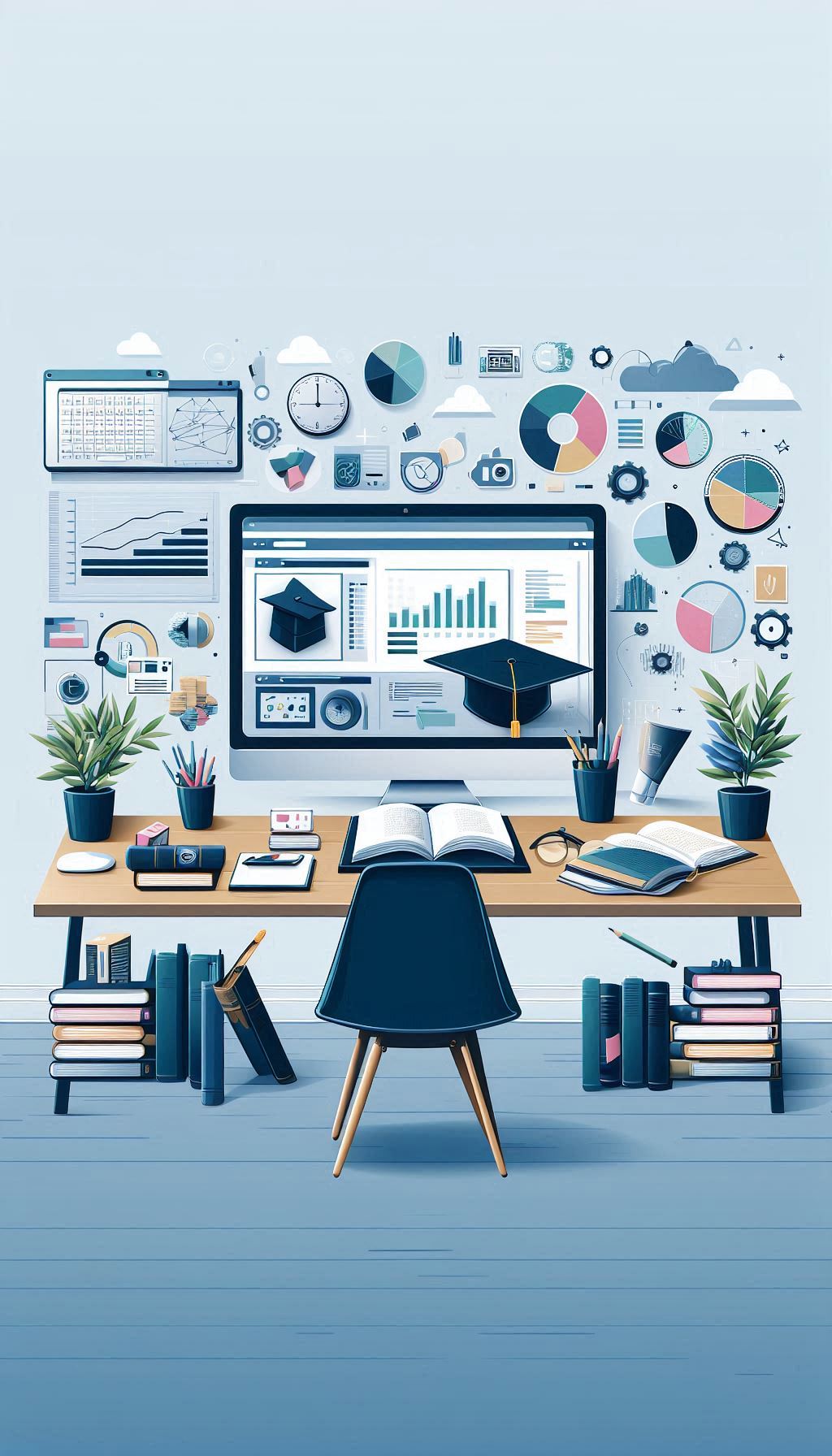In the age of overwhelming information, it’s not the data that makes the difference — it’s how we present it. Data Visualization is the art and science of turning raw numbers into insights that inform, persuade, and inspire.
From simple bar charts to interactive dashboards, the goal is always the same: make data speak clearly.
🧠 Why Visualization Matters More Than Ever
We process visual information 60,000 times faster than text. That’s why:
- A well-designed chart can replace paragraphs of explanation
- Patterns and outliers appear instantly when shown visually
- Decision-makers trust what they can see, not just what they’re told
Good visualization bridges the gap between data scientists and everyday users.
📚 The Language of Charts: Choosing the Right One
Each type of chart has a purpose — using the wrong one can mislead or confuse. For example:
- Bar/Column Charts – compare categories (sales by region)
- Line Charts – show trends over time
- Pie Charts – show proportions (though often overused)
- Scatter Plots – show relationships or correlations
- Heatmaps – show intensity or frequency across a grid
- Dashboards – combine views for real-time decision-making
Great visualizations don’t just “look good” — they reveal truth.
🛠️ Tools of the Trade: Excel, Power BI, Python
You don’t need to be a designer. Today’s tools make it easier than ever to visualize data:
- Excel: Quick charts, pivot tables, conditional formatting
- Power BI: Dynamic, filterable, real-time dashboards
- Python: Advanced visualizations using libraries like
matplotlib,seaborn,plotly
Each platform suits different needs — from quick summaries to full-scale analytics.
🔄 Beyond Charts: The Visualization Mindset
Good data visualization isn’t just about aesthetics. It requires:
- Clarity – Is your message instantly understood?
- Context – Are comparisons and timelines meaningful?
- Accuracy – Are scales, axes, and labels properly used?
- Purpose – Does the visual help someone make a better decision?
In short: form follows function.
💼 Where Visualization Adds Value
No matter your industry, visualization boosts communication:
- Marketing: Campaign performance, audience trends
- Finance: Forecasts, risk analysis, KPI dashboards
- Education: Student progress, test results
- Healthcare: Patient metrics, outbreak tracking
- Retail: Sales patterns, inventory movement
In every case, visualization turns complexity into clarity.
📈 Data Literacy = Career Advantage
Learning to visualize data doesn’t just make you more effective — it makes you more valuable.
- You present ideas with more impact
- You solve problems faster
- You stand out in meetings and reports
- You bridge the gap between teams (technical + non-technical)
In today’s data-driven world, data storytelling is a leadership skill.


